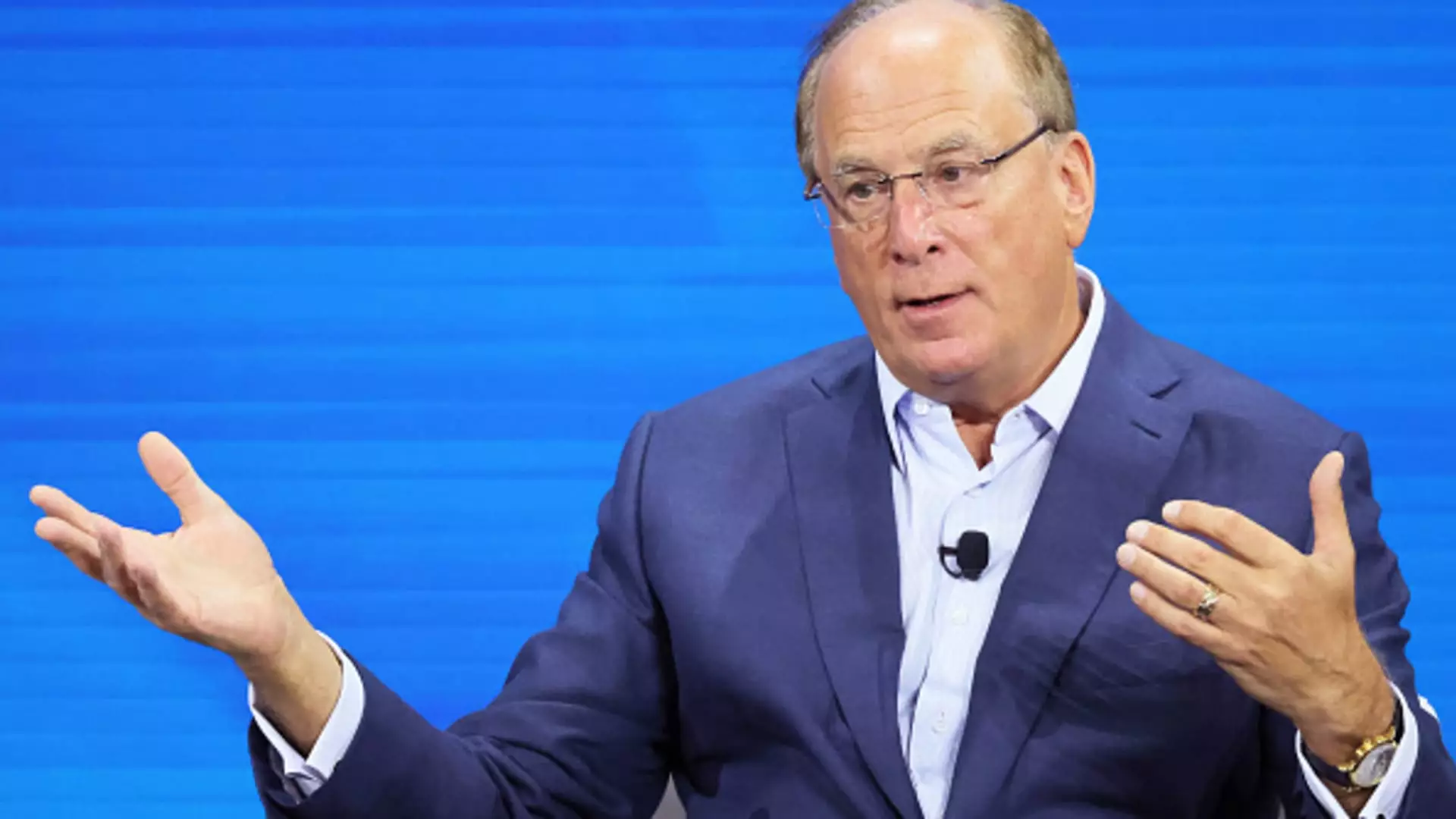Jim Cramer, a familiar face in the investing community, is considering adding BlackRock to his Bullpen stocks-to-watch list. This decision comes in the wake of the asset management giant’s striking third-quarter performance, where it surpassed analyst expectations and reported record-high assets under management. The company currently manages a staggering $11.5 trillion, thanks in part to robust inflows amid a buoyant stock market.
This unprecedented growth trajectory, highlighted by CEO Larry Fink, reflects not only the company’s organic growth of $2 trillion over the past five years but also its strategic acquisitions, such as the recent $12.5 billion purchase of Global Infrastructure Partners. Such acquisitions are pivotal, as they can significantly enhance a firm’s asset base and overall market position. By acquiring over $100 billion in assets through this move, BlackRock has solidified its position as the largest asset manager in the world, effectively leaving its competitors trailing.
The financial sector has experienced a tumultuous environment recently due to fluctuating interest rates. As major players like Wells Fargo reported their earnings, it became evident that firms are grappling with the implications of the Federal Reserve’s monetary policy, particularly the recent cuts in interest rates. With the Fed’s decision to cut rates by 50 basis points, anticipation looms regarding future monetary policy adjustments. In this context, BlackRock stands out not merely for its size but for its adaptive strategies in navigating a challenging environment.
Notably, the strong performance of BlackRock and its peers, such as Morgan Stanley, underscores the resilience of these financial powerhouses. As investors look for stability amidst uncertainty, BlackRock’s ability to continually deliver stellar returns makes it a noteworthy candidate for portfolios seeking growth. With BlackRock’s stock surging over 12% in recent weeks, contrasted with the S&P 500’s more modest 4% gain, the metrics suggest an attractive opportunity for investors who aim to capitalize on bullish trends.
Cramer expressed some regret regarding the delay in taking action on BlackRock, attributing it to a focused analysis of Wells Fargo and Morgan Stanley. This strategic patience reflects a broader investment philosophy: thorough research is critical before making substantial moves. Cramer’s approach emphasizes an analytical framework rooted in understanding market dynamics, company fundamentals, and macroeconomic factors.
While BlackRock’s recent jump in share price might suggest an optimal entry point, Cramer reminds investors that past performance does not guarantee future results. The idea of waiting for the correct timing may resonate with many investors who have witnessed stocks fluctuate wildly in response to economic signals. The decision-making process can often be a balancing act between seizing an opportunity and avoiding the pitfalls of knee-jerk reactions.
Ultimately, BlackRock’s third-quarter earnings and continued asset growth make a compelling case for its inclusion in investment portfolios. The company’s strategic initiatives, particularly in private markets and infrastructure, coupled with its proven track record of generating inflows, establish a strong foundation for sustained growth.
As management emphasizes their commitment to expanding their footprint, investors are left to ponder whether now is the right time to invest in this financial behemoth. For Cramer and those in his investing community, keeping BlackRock on the radar signifies a desire to evaluate the stock as the financial landscape continues to shift. As the market matures and evolves, BlackRock may very well prove to be a cornerstone investment in future portfolios, offering both stability and significant upside potential.

